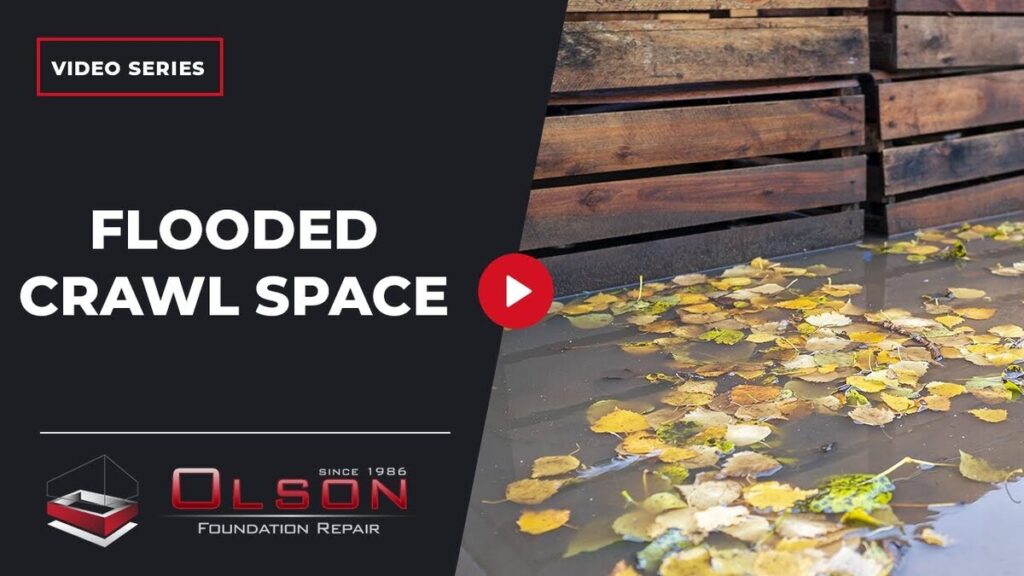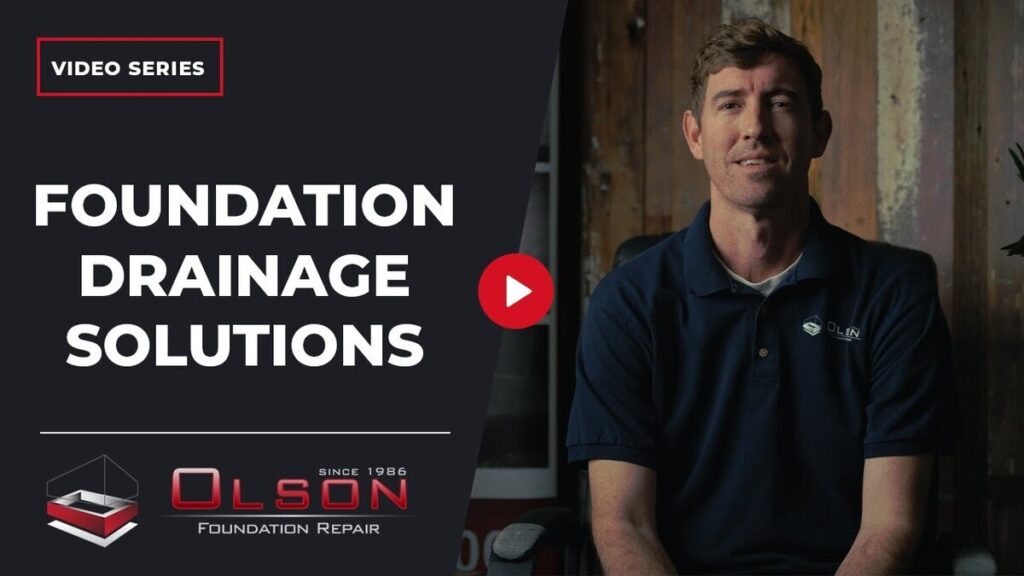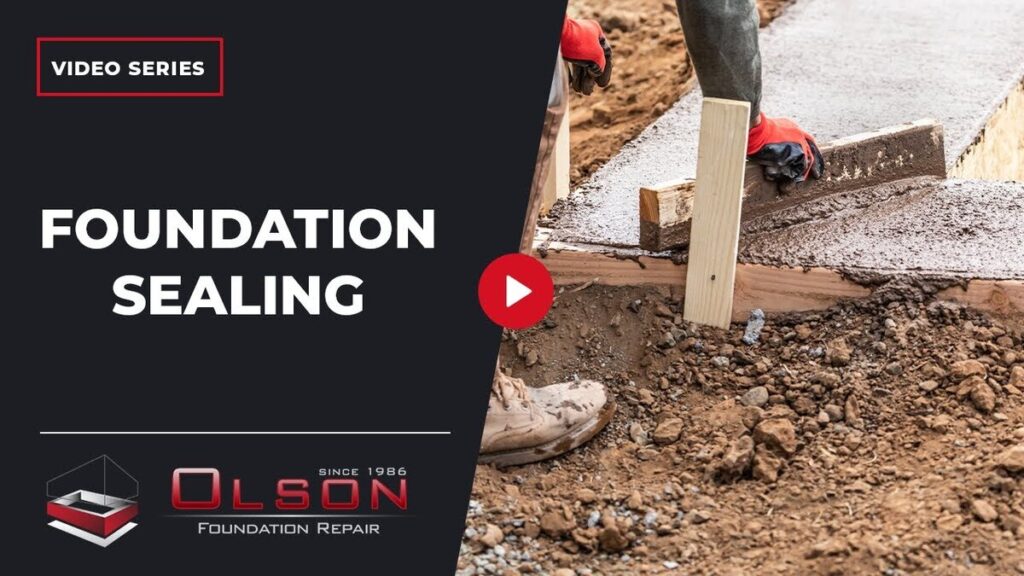The process of basement waterproofing is a critical component of home maintenance, ensuring the longevity and safety of your home’s foundation. Moisture in a basement can lead to a multitude of problems, from structural damage to health concerns due to mold and mildew. Understanding the process of basement waterproofing and the various methods available is key to tackling this issue effectively and maintaining a dry and secure basement.
Identifying the Source of Water Intrusion
Before you can effectively waterproof your basement, it’s important to identify where and how water is entering. Water can seep into your basement through cracks in the foundation walls, where the basement floor meets the foundation wall, and through cracks in the slab floor.
Severity of Water Intrusion
The severity of the water intrusion plays a crucial role in determining the appropriate waterproofing method. For minor issues, such as small cracks, simpler solutions may suffice. However, more severe problems, such as water entering through a cinder block wall or a foundation wall that needs reinforcement, may require more extensive measures.
Waterproofing Techniques for Various Situations
There are multiple ways to address water intrusion in your basement. The choice of method depends on the nature and severity of the problem.
Epoxy Injection for Small Cracks
For smaller cracks, an effective solution is epoxy injection. This involves applying an epoxy patch and ports on the surface of the crack, allowing it to set up for about an hour, and then injecting a polyurethane foam. This expandable foam is designed to seal and waterproof the crack, preventing further leakage.
Exterior Excavation for Major Issues
In cases where there is significant water intrusion or when a foundation wall needs to be pushed out, exterior excavation may be necessary. This process involves excavating the exterior of the foundation down to the footing and applying a waterproofing membrane where needed. After the membrane is in place, the area is backfilled, often with gravel, to promote proper drainage.
Interior Drain Tile Systems
Another effective waterproofing method is installing an interior drain tile system. This system is particularly useful in basements that have ongoing water intrusion issues.
Installation of Interior Drain Tile System
Installing this system involves breaking a trench around the perimeter of the basement floor, typically about a foot to 16 inches from the wall. The concrete is removed, a trench is dug, and a perforated pipe with a sock around it is laid down.
This pipe is part of an underground drainage system. After covering the pipe with gravel and placing a spacer, the trench is then filled back in with concrete. This system is connected to a sump pump pit, which actively pumps the water out of your basement.
Choosing the Right Waterproofing Method
Selecting the right waterproofing method depends on several factors, including the severity and location of the water intrusion, the type of foundation your home has, and your budget. In some cases, a combination of methods may be necessary for complete waterproofing.
Consultation with Professionals
When it comes to basement waterproofing, it’s often wise to consult with professionals who can assess the situation and recommend the most effective solution. They have the expertise and tools to correctly diagnose the problem and implement a durable solution.
Conclusion
Basement waterproofing is not just about fixing a current problem; it’s about safeguarding your home against future issues. Whether you choose an interior drain tile system, exterior excavation, or epoxy injection, each method has its place in ensuring your basement remains dry and usable.
For specific advice or to arrange a consultation, don’t hesitate to contact us. We can help you find the best solution to keep your basement in top condition.




